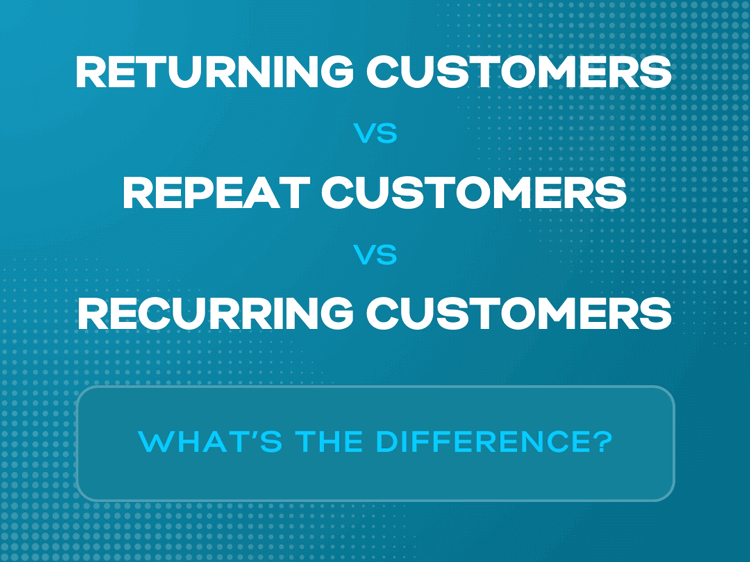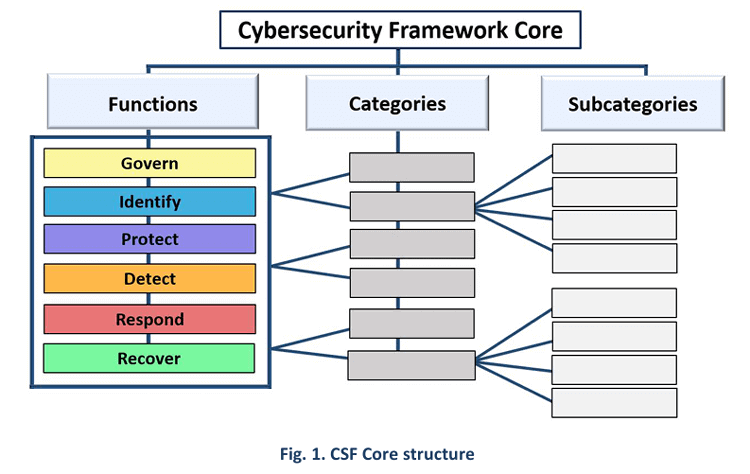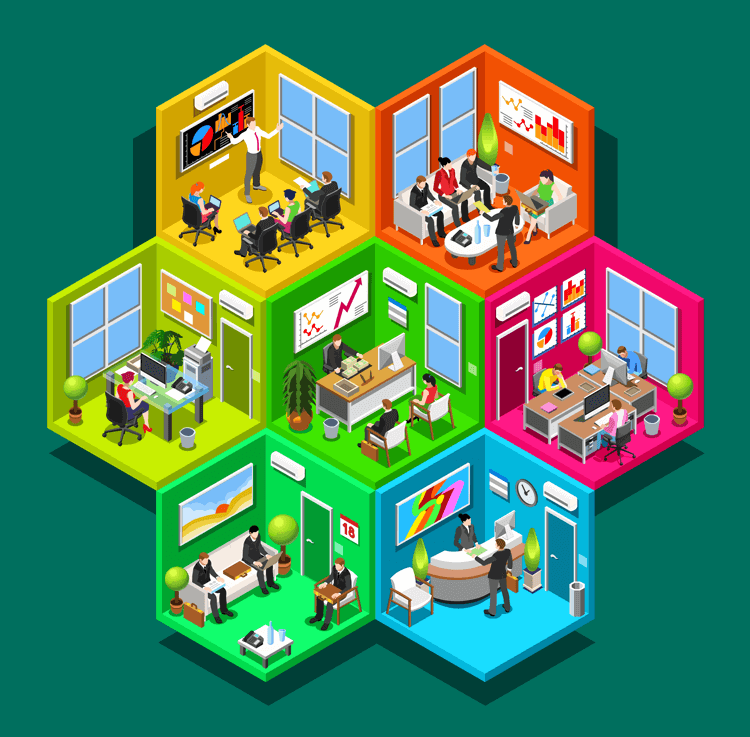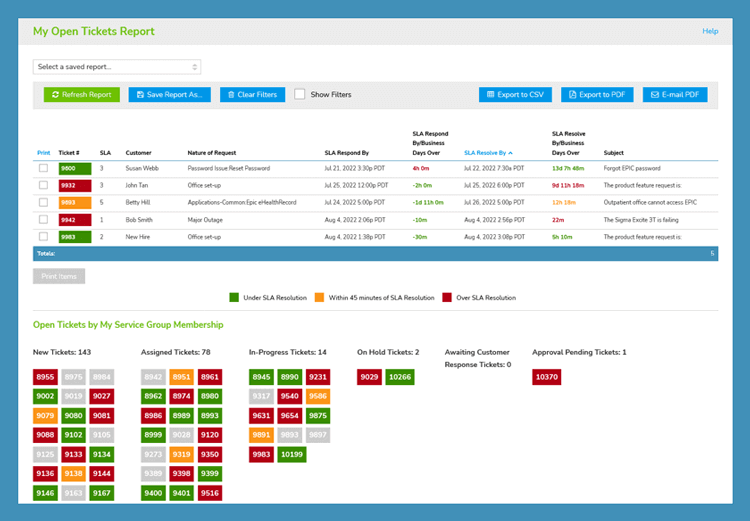Returning vs. Repeat vs. Recurring Customers: Definitions, Benefits and 15 Growth Strategies
Different types of customers means developing different strategies for effective service, marketing and long-term revenue. While the terms "Returning," "Repeat," and "Recurring" customers might seem similar, each has unique characteristics requiring customer life-cycle approaches.
In this article, we'll explore the key differences between these customer types, why they matter, and how-to strategies to increase and maximize the value of each.

Returning vs. Repeat vs. Recurring Customer Definitions
To begin, here are some definitions showing the difference among the three types of customers:
What is a Returning Customer?
A "Returning Customer" is someone who has previously made a purchase from a business and comes back to make additional ones. They may not have a consistent buying pattern but choose to return based on satisfaction with previous experiences or products.
For example: Johnny buys motor oil from Company X whenever his car accumulates enough miles to require an oil change. Sometimes he might include the oil filter and any other needed parts for misc. repairs. He has had good buying experiences with Company X and wants to continue doing business with them.
Benefits of Returning Customers
- Cost-Efficiency: Acquiring a new customer is often more expensive than retaining an existing one.
- Positive Word of Mouth: Satisfied returning customers are likely to share their positive experiences with others.
- Potential Increased Loyalty: Each time a customer returns, the likelihood of them becoming a loyal, long-term customer increases.
- Insightful Feedback: Returning customers are familiar with your products or services and can provide valuable feedback that helps improve your offerings and customer experience.
- Revenue Stability: While they may not purchase regularly, returning customers contribute to more predictable revenue streams and provide a solid foundation for growth.
What is a Repeat Customer?
A "Repeat Customer" is a person who consistently makes multiple purchases from a business over time. Their buying pattern indicates loyalty and satisfaction, since they prefer to shop with the same company rather than seek alternatives.
For example: Mable bought a hand mixer from Company Y, and discovered she loves the Company Y line of kitchen products. She bought several more products to replace her old ones and looks for new products to come out. She loves to tell her friends about how satisfied she is with them.
Benefits of Returning Customers
- Consistent Revenue: Repeat customers provide a reliable and steady revenue stream.
- Higher Lifetime Value: Over time, repeat customers contribute significantly more to your revenue than one-time buyers.
- Brand Loyalty: Repeat customers are often more loyal, preferring your brand over competitors.
- Cost-Effective Marketing: It's easier and less costly to market to repeat customers through targeted promotions, loyalty programs, and personalized communications.
- Advocacy and Referrals: Satisfied repeat customers are more likely to advocate for your brand.
What is a Recurring Customer?
A "Recurring Customer" is someone who engages in regular, scheduled purchasing with a business. This is often through subscription services or automatic renewals. This type of purchasing shows at least general satisfaction with the business but also most likely prefers the convenience or cost savings of a subscription.
For example: Ruth has three dogs and finds that Company Z will give her a discount on their favorite dog food if she signs up for the company's "subscribe and save" program. She gets 15% off when she schedules three cases to be delivered every two months. She loves being able to budget a set amount and knows it will automatically arrive. Company Z also makes it easy to manage her orders if she needs to adjust the amount or skip a month.
Benefits of Returning Customers
- Predictable Revenue: Recurring customers, especially those on subscription models, provide a predictable and steady stream of revenue.
- Increased Customer Lifetime Value: With recurring payments or purchases, the lifetime value of these customers is often much higher.
- Customer Retention: Recurring customers have a lower churn rate because they are committed to regular interactions with your brand.
- Operational Efficiency: The predictability of recurring customers allows businesses to streamline operations, optimize inventory, and better manage resources.
- Opportunities for Upselling: Recurring customers are more likely to be open to upselling or cross-selling opportunities, as they already trust your brand and are invested in your products or services.
15 Ways to Increase Returning, Repeat and Recurring Customers
The following are five ways to build a customer base for each of these three types of potential customers:
Strategies to Encourage a Person to Become a Returning Customer
-
Exceptional Customer Service
Provide outstanding service to ensure customers have a positive experience that makes them want to return.
-
Personalized Follow-Ups
Send personalized thank you emails or follow-up messages after a purchase to show appreciation and keep your brand at the forefront.
-
Loyalty Programs
Offer loyalty programs that reward customers for their repeat business, making them more likely to return.
-
Exclusive Offers
Provide exclusive discounts or early access to new products for previous customers to incentivize another purchase.
-
Quality Products and Services
Keep high quality and consistency in your products and services so that customers have a reason to come back.
Strategies to Encourage a Person to Become a Repeat Customer
-
Consistent Quality
Maintain high-quality standards in your products and services to build trust and reliability.
-
Regular Communication
Keep in touch with customers through newsletters, special offers, and updates to keep your brand front and center.
-
Customer Feedback Integration
Actively seek and incorporate customer feedback to improve your offerings, demonstrating that you value their opinions.
-
Customer Loyalty Programs
Develop a comprehensive loyalty program that rewards repeat purchases with points, discounts, or exclusive benefits.
-
Seamless Experience
Provide a smooth and hassle-free shopping experience, from easy navigation on the website to efficient checkout and delivery processes.
Strategies to Encourage a Person to Become a Recurring Customer
-
Subscription Services
Offer subscription options for products or services that customers need regularly, such as monthly deliveries or memberships.
-
Automated Renewal Reminders
Send automated reminders for subscription renewals or recurring purchases to keep the process easy and convenient for the customer.
-
Flexible Subscription Plans
Provide flexible subscription plans that allow customers to easily adjust quantities, delivery frequencies, or pause their subscriptions.
-
Value-Added Services
Include value-added services such as free shipping, priority customer support, or exclusive content for subscribers.
-
Consistent Value Proposition
Make sure that your recurring customers consistently perceive the value in their subscription through high-quality products, reliable service, and ongoing benefits.
Conclusion: Aim for Building All Three Types of Customers: Returning, Repeat and Recurring
Recognizing the distinctions between Returning, Repeat, and Recurring customers allows your business to better design its strategies to meet the needs of each group. While all three types contribute to your success, they do so in different ways:
- Returning Customers offer growth opportunities
- Repeat Customers provide consistent revenue
- Recurring Customers deliver predictable, long-term value
By understanding these differences and building specific strategies for each customer type, you can enhance customer loyalty, drive higher lifetime value, and ultimately strengthen your business's bottom line.
Use Giva for Streamlined Customer Support
Let Giva help you grow your Return, Repeat and Recurring customer base by giving you the tools to keep your support operations streamlined. Giva features include:
- AI Copilot Capability: Harness the power of Giva's AI Copilot to effortlessly refine responses and quickly access and format solution information, empowering agents to address customer issues with accuracy and efficiency.
- Knowledge Base: Stop reinventing the wheel with a searchable knowledge base. Leverage valuable customer service resolutions previously created to resolve similar tickets.
- Customer Self-Service Portal: Provide customers round-the-clock access to customer service resources, so they can resolve their own issues before contacting your agents.
- Automate and Schedule Tasks and Ticket Workflows: Automatically open tickets on a scheduled and recurring basis. Automate escalation and closure of tickets.
- Tsunami Tickets™: Giva's customer service tool links related tickets, especially during emergency events. The Red, Yellow, Green Warning System keeps focus on the top priorities.
- Multiple Service Desk Instances/Configurations: Customize Giva for any department or subsidiary organization and deliver real-time agent and team analytics to help improve performance.
Want to learn more? Book a free Giva demo to see our solutions in action, or start your own free, 30-day trial today!





